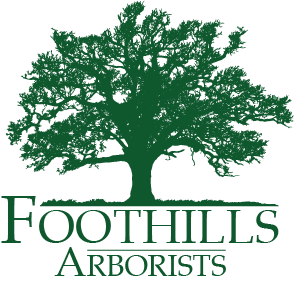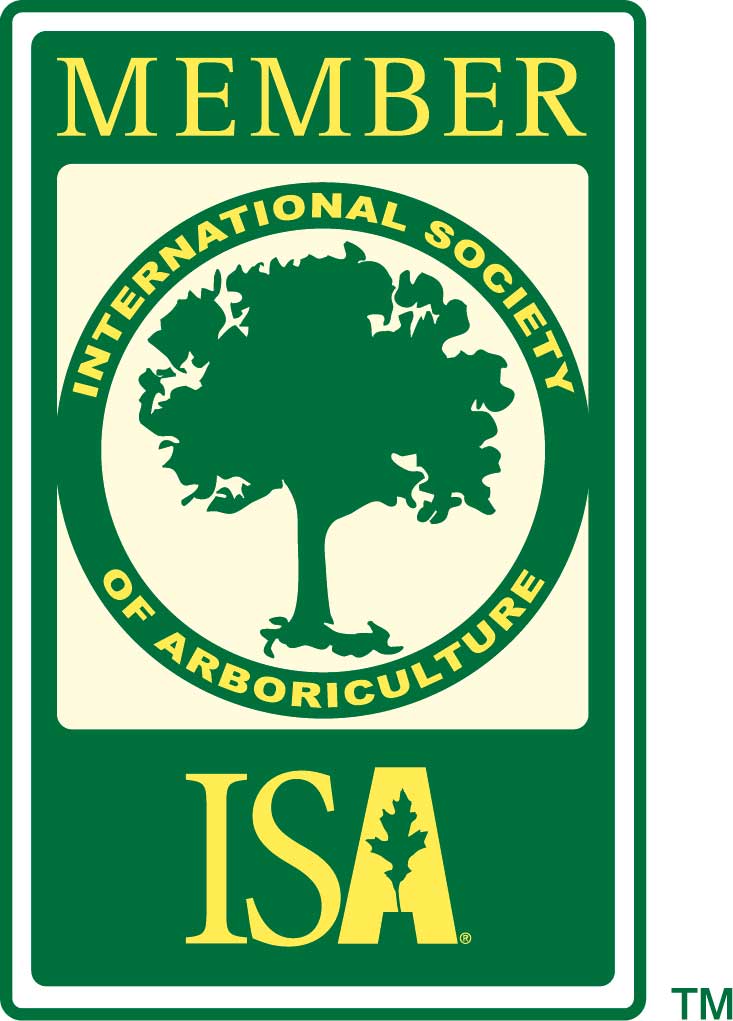ABOUT US
ABOUT US
Lucas Capachin, Certified Master Arborist
My purpose in starting Foothills Arborists was to take care of trees and the urban forest as a whole, and that remains our focus. I had worked at other tree companies where it seemed profits were more important than actually taking care of the trees. Quality of pruning was sacrificed to meet quotas and the long term health of the trees suffered. Fortunately, I met some great people as I improved my skills, some of whom work with me now. I learned to prune trees from Eric Kennedy, who is a true master of his craft. It was through Eric’s guidance that I learned the benefits we could provide to people and their trees by providing the highest quality tree care. Proper care is necessary to extend the life of trees in the urban environment, and if we can maintain mature trees we get to enjoy the many benefits they provide for the long term.
Improper pruning was not the only thing that pushed me away from the more corporate world of tree care. I saw how these companies sell chemical treatments that are not always needed, but that also harm the ecosystem we live in. As I learned more, I saw how these chemicals killed pollinators and other organisms that call the urban forest their home. We do still offer chemical treatments when it’s the best approach for truly harmful problems such as emerald ash borer and fire blight. But we are very selective with what we offer to make sure that treatments do not cause harm to the ecosystem of the urban forest.
When I started this company I decided to learn everything I could about trees. I see educating customers and caring for trees properly as my company’s most important goal. This has driven me to attain the Board Certified Master Arborist certification. I am one of only 25 or so in the entire state currently with this level of certification, and I stay focused on best practices and gaining new insights. My goal is to use my knowledge not only to ensure that we do the highest quality work, but also to help educate others about how to care for trees.
I will periodically address issues I see in the urban forest and write about them to help as many people (and trees) as possible. Please take a look at our articles for help with common tree problems in Colorado. If you have a question please ask, because it is likely that many others are struggling with the same problems.
Certified and Bonded
Tree care is all we do, and we approach each job with skill and care. We’re not here to make a quick buck, we will care for your trees and your property as if they were our own.
Expert Team
We are a small team for a reason. The people we bring on site are thoroughly trained and trustworthy. When we hire, we are picking the best we can find and giving them what they need to do the best job possible and continue to grow in their careers as well.
Quality and Passion
We speak for the trees and listen to your needs. Our job is to make sure our urban landscape stays healthy and our customers learn something along the way.













